In this week’s excerpt from How the brain works we look at the central position of other people in the design of our brains. A growing body of research shows how, from very early infancy, even from birth, our brains are designed to recognise and give priority to social rather than non-social signals. Our ‘social brains’ are also key to understanding the prized human ability to communicate with language. We will go on to consider language and the other special human gizmos which make us, from a species point of view, unique.
As ever, if you want to binge and jump ahead, you can. Start here
People are a priority
A lot of what concerns the brain is other people.

Humans are social primates. Like gorillas and chimpanzees, we live in groups. There are families, friends, enemies, who’s in who’s out, who’s the boss. Social primates have the largest cortex relative to their body size across mammals. Humans have the largest cortex of all mammals, relative to the size of their brains. Across social primates, the larger the social group in which the primate lives, the larger its species’ cortex. This suggests that we have a big cortex to deal with the complications of interacting with the other members of the social group, be they partners, family members, friends, or rivals. Who did what to whom? Who knows about it? What should I do about that?
Anyone who has spent Christmas with their extended family will be unsurprised by this.
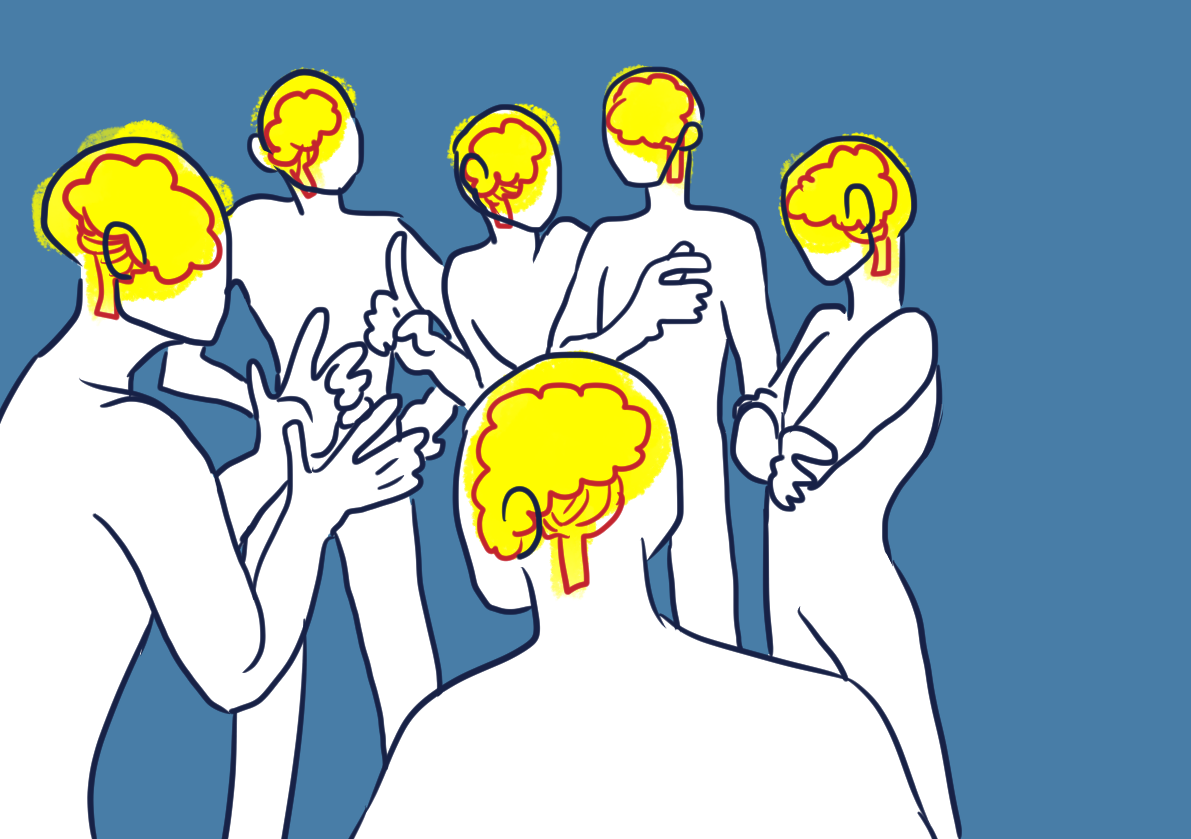 Many systems contribute to processing ‘people’ information in the brain.
Many systems contribute to processing ‘people’ information in the brain. The visual system has specialised pathways for recognising human faces, including the facial expressions and direction of eye gaze. As Robert De Niro snarled,
“are you looking at me?” It’s something we’re bothered about.
The visual system is also tuned to recognise movement that comes from people rather than objects (so-called ‘biological’ motion), including the gestures people make when they communicate. Multiple aspects of sensory information (form, location, motion) are brought together to allow us to recognise other people from different angles, in various places, and while they are in motion. The auditory system has specialised pathways for processing human speech sounds separate from other environmental sounds. The motor system allows us to speak to other people, to hug them, wrestle with them: all social motor actions. The limbic system generates emotions around social interactions, be they the bonding of child to parent, the approach–avoid decisions around possible friends and enemies, attraction, maintenance of personal space and defence of resources and territory.
‘How does Jonny tend to behave? Where am I compared to Jonny in the social hierarchy?’
More complex systems allow us to verbalise our thoughts, emotions and intentions, as well as remember factual knowledge of actors in our social group. For example, the front of the temporal lobe develops social scripts through experience – who tends to do what to whom and how does that feel? And factual knowledge of actors in the social group – what do I think of Jonny and what does Jonny think of me? How does Jonny tend to behave? Where am I compared to Jonny in the social hierarchy? (Hey, I think I’m way cooler.)
As we grow up, we create links between different types of knowledge, experiences and actions. For example, the body sensation (or ‘somato-sensory’) system can detect needs and arousal levels in our bodies, such as thirst and excitement. We link the feeling of thirst to the intention of drinking and the action of picking up a bottle. So, too, in our interaction with other people. We learn social scripts, such as the custom that when you meet a new person you introduce yourself, try to remember their name, shake their hand, and ask how they are. You’re in France, do you greet with a kiss on one cheek or two cheeks? Isn’t it awkward when you get it wrong?

Putting these types of knowledge together, we can guess what other people may be feeling and what they will do next, based on our own experience. This is called mindreading or mentalising. If we see someone grabbing a bottle, the neurons that respond to seeing a bottle and those involved in the action of picking up a bottle will activate in our own brain: it doesn’t quite trigger the action itself but it helps us figure out why the person might be making that action: they’re thirsty.
Similar systems allow us to empathise with the feelings of others. We may link certain actions and facial expressions with, say, sadness in ourselves (crying, walking slowly). When we see others crying, we feel sad. We flinch when we see others in physical pain.
‘We only feel other people’s pain if we like them’
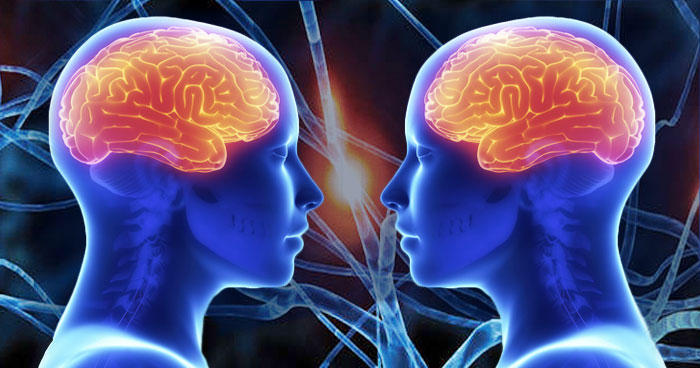
But even here, frontal brain systems come into play, dosing empathy with context. We only feel other people’s pain if we like them. The frontal cortex applies this logic to modulate the sensory or emotional pain we experience in sympathy with others. We feel the hurt of other people’s misfortunes more if we take their perspective. A region at the junction of temporal (facts) and parietal (space) lobes plays this role. In its fashion, the brain takes the act of perspective-taking quite literally – it involves spatial computations to see the world from another point of view: to distinguish our view from the other, our self from the other.
Finally, the frontal cortex must combine the context, its own goals, and emotional states to select plans and control sensory and motor systems, in order to behave in the right way in social situations. Don’t slurp your tea in polite company.
So the social thing is very important and rather sophisticated. But there are other ingredients in the human brain recipe which are key to distinguishing us from even our closest apey relatives.
Human gizmos
Definition: Gizmo
A gizmo is a device or small machine that performs a particular task, usually in a new and efficient way
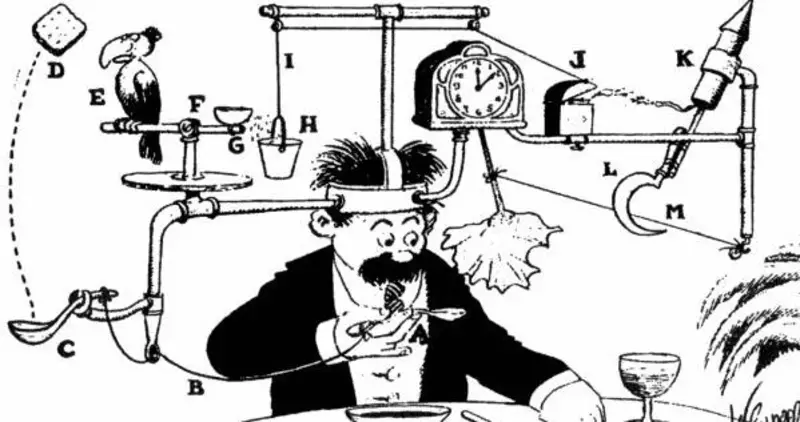
Birds fly, bees buzz, every species has something that it does well. What is the human speciality, what are its gizmos?
‘We don’t have the biggest brains – that’s elephants and whales’
We like to feel special; we like to feel we are apart from other animals. So what will it be? Do we have the biggest brains, the wettest blood? In the animal kingdom, our brains are not exceedingly special.1 We don’t have the biggest brains – that’s elephants and whales. Sure, we have a high proportion of cortex (the outer layer) in our brains, but it’s on a par with chimps, horses, and short-finned whales. We have quite a lot of brain for our body size, but amongst primates, this proportion isn’t strongly linked with thinking ability. Now, we do have a decent number of neurons: over twice as many as gorillas. But even then, not close to the number that dolphins have.2 And to be honest, we probably have the same number of neurons as our ancestors in the wider archaic homo family tree, including Neanderthals – and we like to think we’re specialer than them, don’t we?
Not sure about the wettest blood thing.
There are five human gizmos. Tool use, language, conceptual power, a clutch, and niche building. They are linked.
The first human gizmo is tool use. One of the things we do exceptionally well is to build and use tools, particularly to shape and interact with our physical world. As we saw in the previous section, evolution tends to innovate at the periphery, out in the body. We have dextrous hands and opposable thumbs. We don’t use them for walking. In the same way the bat has no special new part of the brain to support echolocation, we don’t have a special new part of the brain to support tool use. The motor functions are supported by the front part of the brain. We do have more ‘front of the brain’. Our brain develops using a similar recipe to other mammals and primates, but the front bit of the cortex grows for a longer time and becomes larger. The recipe is tweaked. The extra cortex allows us to develop fine motor control and coordinated movements to create and use tools.

The second gizmo is language. In one way, this is similar to tool use. Language is a sequence of complex movements, but now used to shape and interact with our social world. The innovation of evolution is in the articulators – lips, tongue, larynx – and mechanisms of airflow, which together enable us to make the range of speech sounds. In the brain, language also requires the extra cortex to learn the complex and precise motor movements to produce words. But there are no new special parts for language. Language utilises circuits used in making sequences of movements, circuits for perception, concepts, processing situational scripts, social intentions and agents. It fashions these together into a system that allows for fluent use of this motor skill. And if we want, we can use movements of the hands to communicate, in sign language. 3
’This football match is like David vs. Goliath’
Language is a great gizmo because it is an enabler. It allows you to acquire knowledge without direct experience. You can learn by being instructed. It supports building abstract concepts, by using a language label (like “six”) to bring together all the different situations involving six-ness (an Arabic numeral, a group of six things, an object with six parts, a sequence of numbers where six falls between 5 and 7, a pile of sweets bigger than 3 but smaller than 20, a length of 6, and so forth). Language can be used to bring to mind knowledge that is not automatically elicited by the current situation, via verbal analogies (e.g., ‘This football match is like David vs. Goliath’; ‘You can view electricity like the flow of water along a pipe’). Beyond the individual, language supports sophisticated socially coordinated activities, greatly increasing the potency of group behaviour.
The third gizmo is more conceptual power. With more cortex, especially in the front of the brain, more complex ideas can be developed. The evolutionary reasons for the larger cortex are murky. Maybe it was to support language, maybe tool use, maybe to support social cognition to deal with life in larger groups (keeping track of who likes whom, who did what to whom, what does everyone want, who’s lying, etc.). Maybe all these things at once. But once you have more power, the game changes.
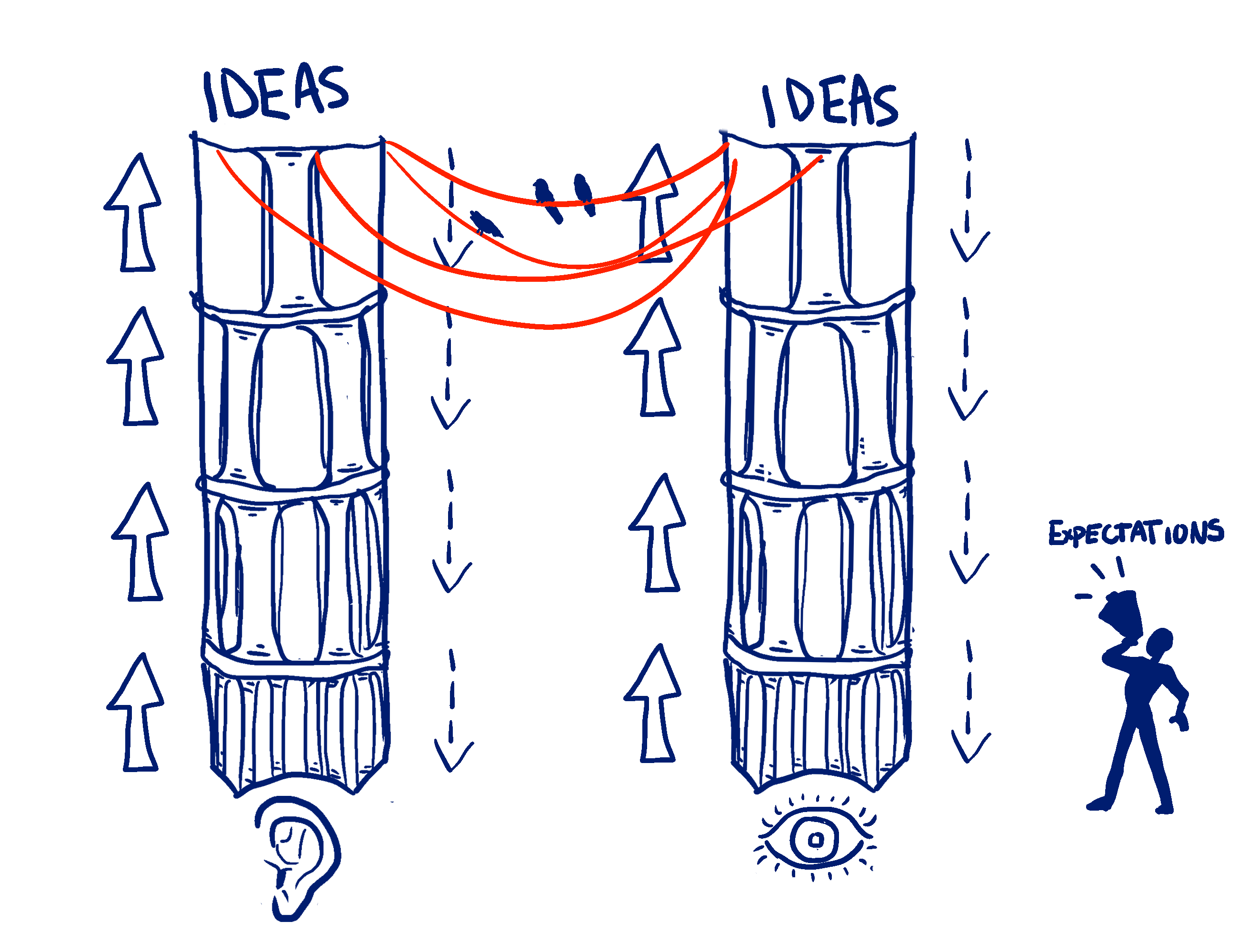 We talked about sensory and motor systems in terms of towers. The lower floors see patterns, each higher floor sees patterns within a patterns. The larger cortex means humans have higher towers. In sensory systems, they can see deeper patterns of meaning in what they perceive, in motor systems they can plan motor sequences that reach farther into the future.
We talked about sensory and motor systems in terms of towers. The lower floors see patterns, each higher floor sees patterns within a patterns. The larger cortex means humans have higher towers. In sensory systems, they can see deeper patterns of meaning in what they perceive, in motor systems they can plan motor sequences that reach farther into the future.
The deeper patterns of meaning include mental models of how the physical world works. This can include inventing invisible forces to explain physical events (electrons, germs, gods, ghosts). In the social world, it can include more sophisticated knowledge of social scripts, episodes, situations, and motivations. Although our basic emotions are probably similar to other social primates, we can attach these to more complex social scripts (W does X under Y circumstances and feels Z; Sophie snubs Bill at the party and feels guilty). This leads to a wider palette of emotions: pride, hubris, dignity, honour, admiration.4 Our mental simulations can include ideas about ourselves, in so-called meta-cognition, self-awareness, where I form a theory about how I behave, and use this knowledge to alter my future behaviour. More pre-frontal cortex, where the modulatory system lies, also gives the modulatory system more precise control over the meaning systems in the rest of the brain. It can separately control bits of ideas. I’ll have this bit of the idea, but not that bit. It allows for thinking about ‘what-if’ counterfactuals, about hypothetical situations. I mean, what if the moon was made of cheese?
One particular advantage of more precise internal control is that it gives us a clutch.

Definition: clutch – a mechanism for connecting and disconnecting an engine and the transmission system in a vehicle, or the working parts of any machine
The fourth gizmo is a clutch. Part of the modulatory system (sitting in the ventromedial pre-frontal cortex, sigh) is a disengage system. Brain activity can be decoupled from perception and turned to internally focused thought. You hear a sad story, and it makes you _think_… When disengaged from the present moment, the brain can run mental simulations. Fantasy and imagination. It can retrieve memories of past experiences to envision future and alternative perspectives and scenarios, conceive the perspective of others, simulate the navigation of social interactions, ruminate, generate and manipulate mental images, decide on moral dilemmas. All the things we do when we sit and think rather than perceive and respond to our immediate environments. The brain can even disengage while it carries out automatic activities. You daydream while you do the washing up. When the clutch is pressed down, we have the opportunity to learn not from the world but from our imaginations.
The final gizmo builds on all the other four: tool use, the social coordination enabled by language, the planning and imagining of other worlds enabled by greater conceptual power. It is a gizmo that most marks us out from other similar species: niche construction.  A niche is the particular environment that a species lives in, and to which it is adapted. Unusually, you can find humans almost anywhere. Jungles, swamps, savannahs, mountains, deserts, tropics, icy wastes. Birmingham. Humans use their gizmos to adapt to all these environments, to build their own niches. Clothes, dwellings, modes of transport, hunting and farming equipment. We change our environments to fit our biology.5
A niche is the particular environment that a species lives in, and to which it is adapted. Unusually, you can find humans almost anywhere. Jungles, swamps, savannahs, mountains, deserts, tropics, icy wastes. Birmingham. Humans use their gizmos to adapt to all these environments, to build their own niches. Clothes, dwellings, modes of transport, hunting and farming equipment. We change our environments to fit our biology.5
So there you have it. Human do have some gizmos, without being biologically particularly special.
‘You can’t explain how the modern human brain works just by looking inside it’
Unfortunately … these gizmos aren’t enough to explain how the modern human brain works. And that’s because you can’t explain how the modern human brain works just by looking inside it.
To get to the bottom of that, we need to go back. A long way back. And that’s what we’ll do in the next excerpt. If you can’t bear the suspense, you can jump ahead instead
[1] See this book for what makes humans smart in an evolutionary context: Paul Howard-Jones: “The evolution of the learning brain: Or how you got to be so smart” (Routledge, 2017)
[2] See who wins the my-brain-is-specialer-than-yours competition
[3] You may have heard theories that various abstract properties of human language, like grammar, are special genetic features of our species (‘grammar is innate’). All I can say, for the purposes of this resource, is that these theories are probably wrong.
[4] See Mary Helen Immordino-Yang’s book on “Emotions, Learning and the Brain”, for an idea of how this works. Chapter 9 covers admiration!
[5] For the enthusiast, here’s a scientific paper that debates the special human ability of niche construction.

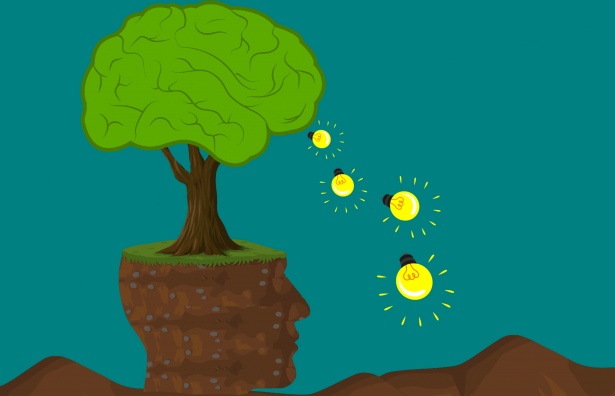

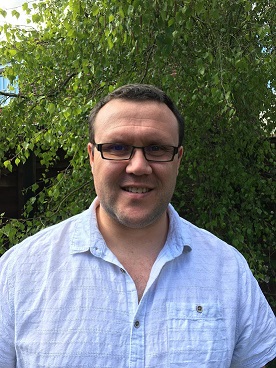






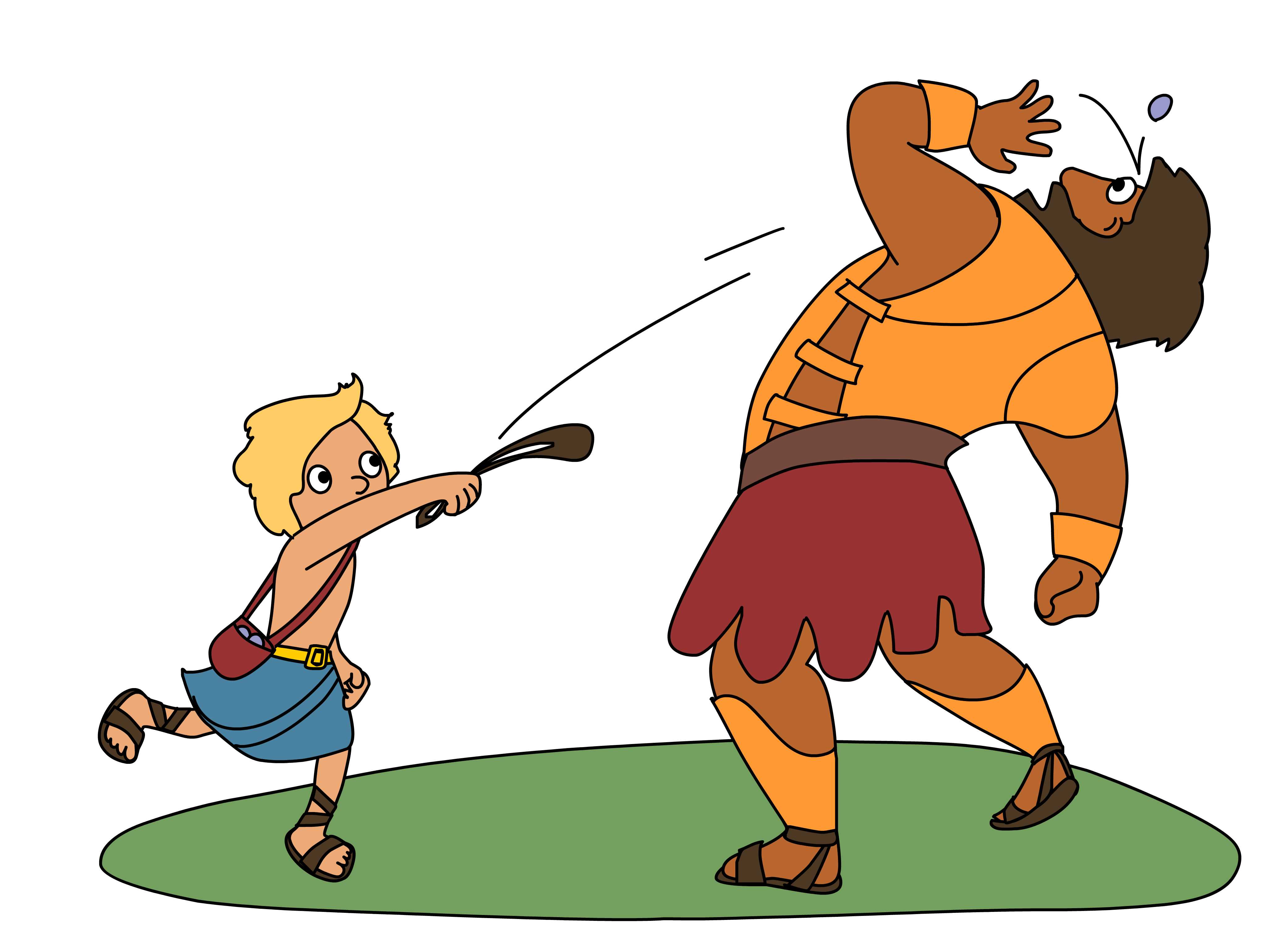
 We talked about sensory and motor systems in terms of towers.
We talked about sensory and motor systems in terms of towers.
 A niche is the particular environment that a species lives in, and to which it is adapted. Unusually, you can find humans almost anywhere. Jungles, swamps, savannahs, mountains, deserts, tropics, icy wastes. Birmingham. Humans use their gizmos to adapt to all these environments, to build their own niches. Clothes, dwellings, modes of transport, hunting and farming equipment. We
A niche is the particular environment that a species lives in, and to which it is adapted. Unusually, you can find humans almost anywhere. Jungles, swamps, savannahs, mountains, deserts, tropics, icy wastes. Birmingham. Humans use their gizmos to adapt to all these environments, to build their own niches. Clothes, dwellings, modes of transport, hunting and farming equipment. We 
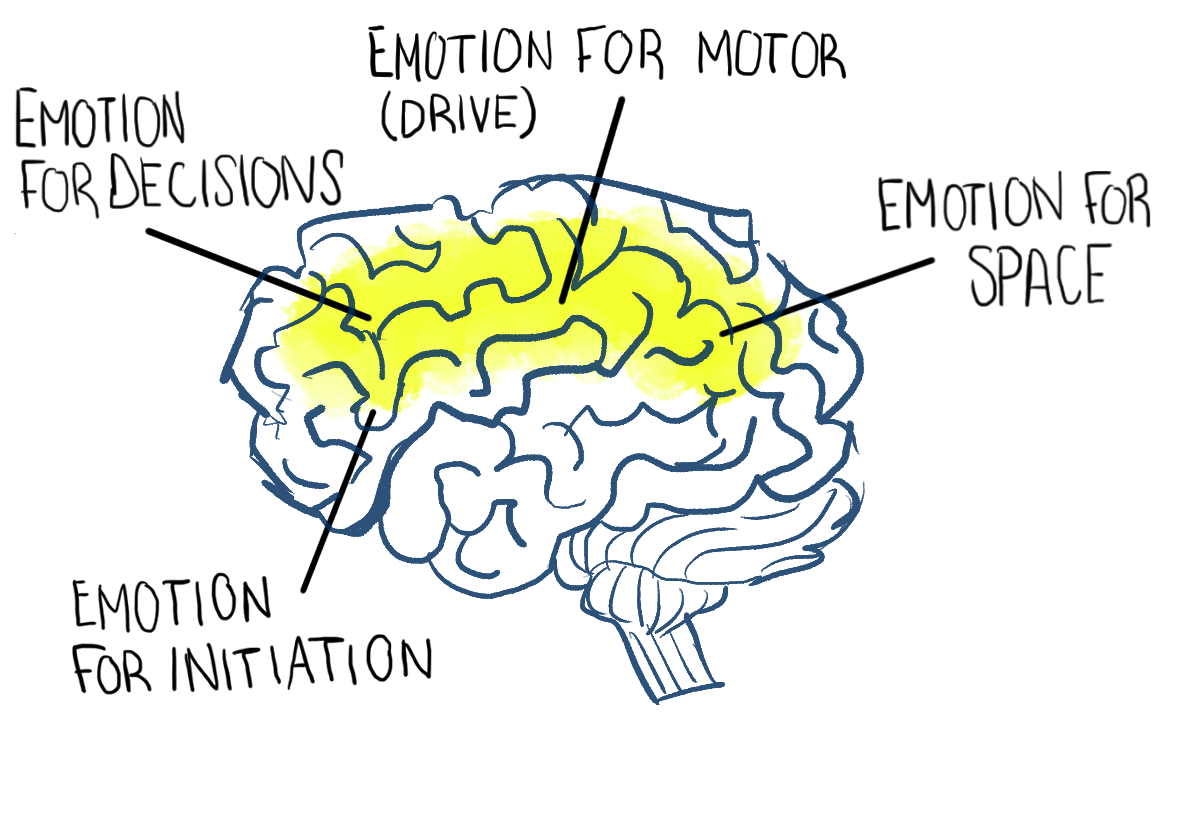

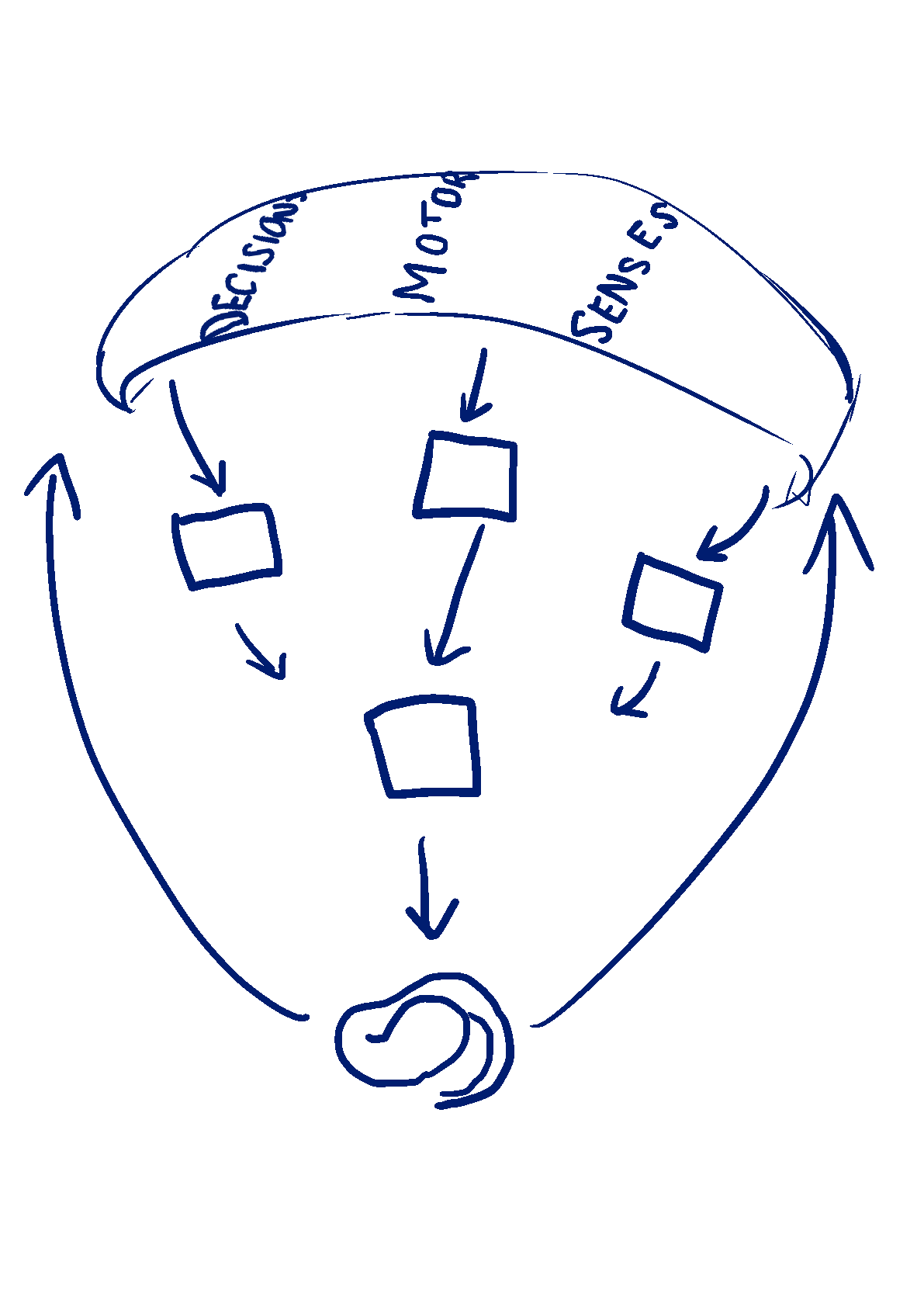

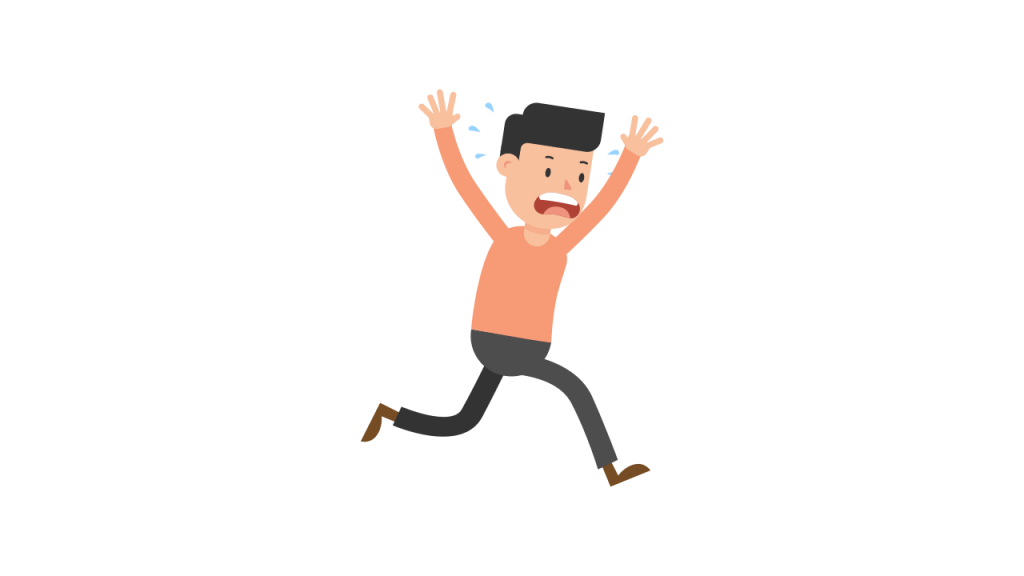 spider, cold cognition recognises the visual pattern, hot cognition gets worried, the body is informed that its heart should race in preparation for fight-or-flight action, and cold cognition prepares the instructions to jump. The layers work together as an integrated whole.
spider, cold cognition recognises the visual pattern, hot cognition gets worried, the body is informed that its heart should race in preparation for fight-or-flight action, and cold cognition prepares the instructions to jump. The layers work together as an integrated whole.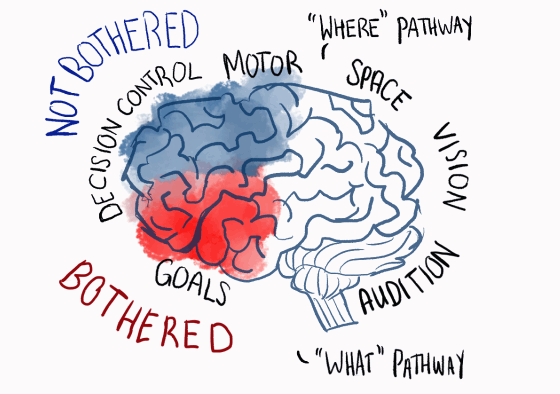

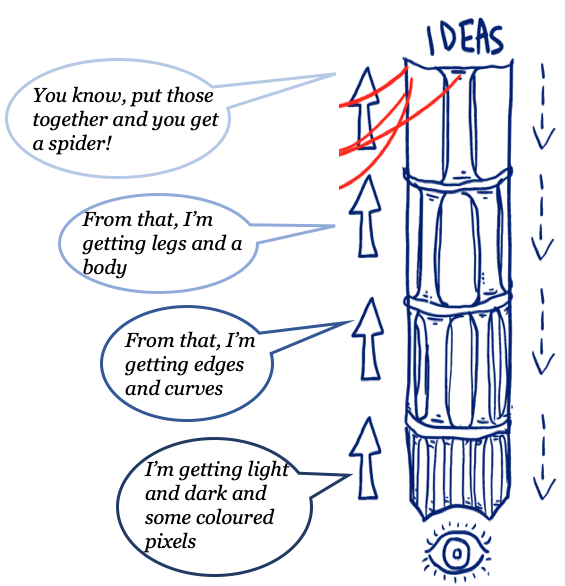 patterns.
patterns.
